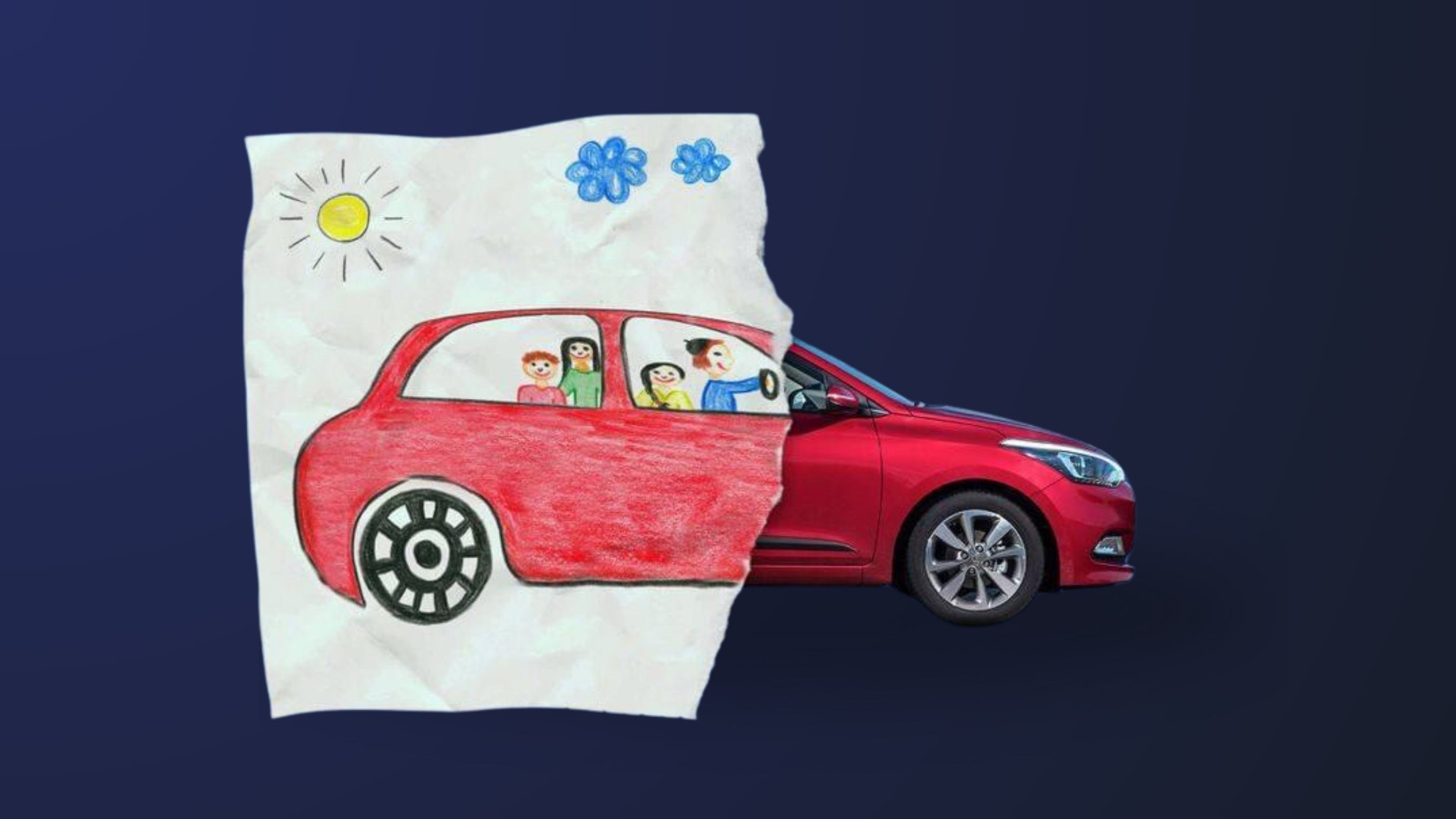
In May 1997, I became a banker in the true sense. I was working with the big ledgers, and tallying up figures manually. Pure grunt work.
My salary was all of Nu 6380, a very handsome amount then. (Before this, I had worked for a year in a private company, which paid Nu 4000 monthly). After completing my one-year probationary period, my salary jumped to 8500 per month, and my immediate thought was: I have a stable job with a great salary, and I need a car! So, I started putting away whatever I could after surviving on the least-costing food; my aim was to be able to buy a car within the next three years, with my own savings. I envisioned myself driving a sleek, new vehicle, enjoying the freedom and convenience it would bring. So, with determination, I embarked on my three-year journey of saving. Needless to say, the journey did not unfold quite as I had imagined.
The Struggle to Save
Saving for a car seemed like a straightforward plan. I set aside a portion of my salary, cutting down on all unnecessary expenses and adhering to a strict budget. No smoking, no drinking, no girlfriends (they would line up once I had my car!), no splurging. Not to say I didn’t try. But, life had other plans. Unexpected expenses, emergencies, and the rising cost of living gradually eroded my car budget and despite my best efforts, at the end of the three years, my savings had dwindled to almost nothing. It was indeed a disheartening realization.
Turning to a Loan
In 2002, after three years of trying and failing to accumulate enough funds, I decided to take a different approach. I thought long and hard, and finally decided to opt for a car loan. The decision wasn’t easy, as I had always believed in the principle of living debt-free. However, the frustration of not having achieved my goal through saving pushed me to explore the alternative.
Advantages of Taking a Loan
Taking a loan to buy a car turned out to be a game-changer. Here are some of the advantages I discovered:
1. Immediate Ownership: The most significant advantage was immediate ownership. Unlike the uncertain and lengthy process of saving, a loan allowed me to drive the car of my dreams right away. This instant gratification was incredibly satisfying.
2. Fixed Repayment Schedule: Loans come with a fixed repayment schedule, which made it easier to manage my finances. I knew exactly how much I needed to pay each month and for how long. This predictability was a stark contrast to the uncertainty of saving, where unexpected expenses often derailed my plans. Of course, there was the pain of having to better manage my reduced monthly take-home pay- but in two to three months, you get used to it and it doesn’t pinch you as much in the later years.
3. Preserving Savings for Emergencies: By opting for a loan, I could preserve my existing savings for emergencies and other essential expenses. This financial cushion provided peace of mind, knowing that I had some funds available for unforeseen circumstances.
4. Building Credit History: Successfully repaying a car loan contributed positively to my credit history. You may not say it, but a good credit score is a requirement these days.
5. Inflation and Depreciation: Over time, the value of money changes due to inflation. The car I wanted in 1997 would have cost significantly more by 2003. Taking a loan allowed me to lock in the price of the car at the time of purchase, protecting me from future price increases. Additionally, cars depreciate over time, and the longer I waited, the less value I would get for my money.
There are indeed a few drawbacks to taking a loan, compared to saving and using it to buy your car:
1. Cost: Loans accrue interest, which means you end up paying more for your car in the long run. This can be a significant amount, especially if it comes with a high interest rate.
2. Debt burden: Having a loan payment can put a strain on your monthly budget. If you’re not careful, it can be easy to fall behind on payments, which can damage your credit score and make it harder to borrow money in the future. This can also limit your financial flexibility, especially if you face unexpected expenses and you do not have any savings. But as I said, you get used to the reduced income (eventually!), though you may not be able to save for the rainy day.
3. Risk of default: If you’re unable to make your loan payments (perhaps because you lost your job?), you could default on the loan. This can have serious consequences, including damage to your credit score and even resulting in your car being taken over by the bank. This can be embarrassing because banks have a habit of waiting for you at check-posts, and catching you when you least expect it.
In contrast, saving up for a purchase with your own money allows you to avoid these drawbacks. It gives you more control over your finances and helps you build a safety net for emergencies.
Conclusion
My journey from saving to taking a loan to buy a car was a valuable learning experience. While saving has its merits, the reality of life’s unpredictability can make it challenging to accumulate a substantial amount of money over an extended period. Taking a loan, on the other hand, provided immediate access to the car I desired and offered several financial advantages.
Ultimately, the decision between saving and taking a loan depends on individual circumstances and financial goals. For me, taking a loan was the right choice, allowing me to enjoy the benefits of car ownership without the prolonged uncertainty of saving. To you, it may be different. But do think over it.
Contributed by:
Mr. Hem Kumar Acharya
Director, Banking Operations
